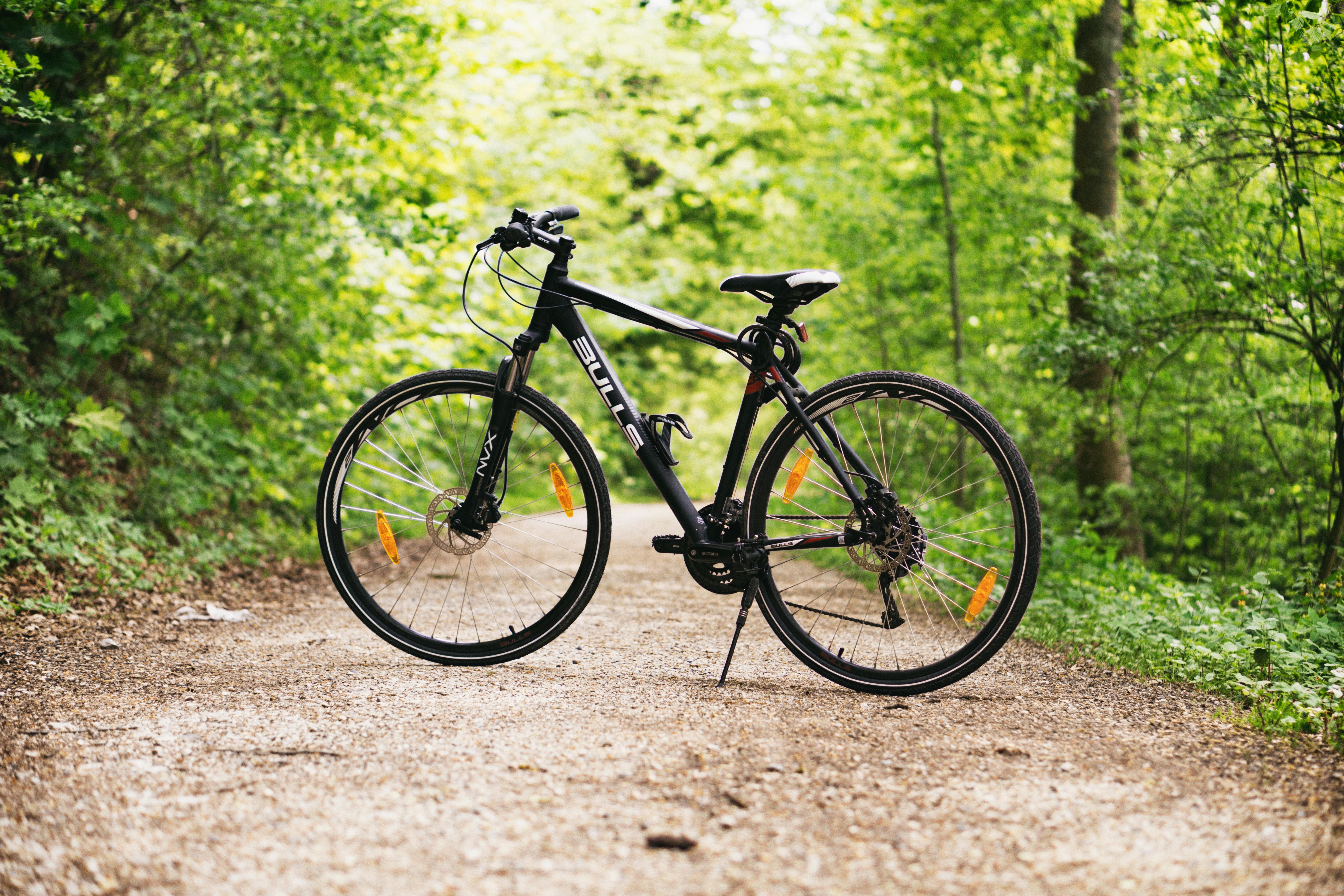"The Renaissance of Bicycle Tourism: Pedal Your Way Through Unforgettable Journeys"
The world is witnessing an exciting rebirth of an age-old mode of transport - bicycle tourism. Once a forgotten relic in the realm of travel, it's now becoming a popular choice for those seeking a unique, adventurous, and eco-friendly way to explore new places. This article will delve into the world of bicycle tourism, its resurgence, and the impact it has on travelers today.

A Brief History of Bicycle Tourism
In the late 19th and early 20th centuries, bicycles were a popular mode of transport for both local and long-distance travel. However, as motorized vehicles took over, bicycles gradually fell out of favor for longer journeys. But now, amid growing concerns about environmental sustainability and the quest for healthier lifestyles, the humble bicycle is making a comeback in the world of travel.
Current Trends in Bicycle Tourism
Today, bicycle tourism is being embraced by a wide range of travelers. From urban sightseeing and rural exploration to long-distance touring, biking offers a unique, immersive, and eco-friendly travel experience. There’s also a growing trend of thematic bike tours, such as wine tasting tours, historical tours, or nature tours, adding a unique dimension to the travel experience.
Advantages and Challenges of Bicycle Tourism
Bicycle tourism has numerous advantages. It allows travelers to explore at their own pace, get off the beaten path, and connect with nature and local communities in a way that’s not possible with other forms of travel. It’s also a healthier and more sustainable travel option. However, it does come with its challenges, such as physical fitness requirements, weather conditions, and the need for proper planning and equipment.
Noteworthy Facts About Bicycle Tourism
- The EuroVelo network in Europe comprises 16 long-distance cycle routes covering over 70,000 kilometers across the continent.
- New Zealand’s Otago Central Rail Trail, a 150-kilometer bike trail, contributes around NZ$20 million to the local economy each year.
- In the US, bicycle tourism is an emerging industry, contributing about $83 billion annually to the economy.
The Impact of Bicycle Tourism
Bicycle tourism has a significant positive impact on travelers and the places they visit. It promotes physical fitness, mental well-being, and a deeper connection with the environment. For destinations, it supports local economies, promotes sustainable tourism, and helps preserve natural and cultural heritage.
In conclusion, the resurgence of bicycle tourism is not only a testament to the timeless appeal of cycling but also a reflection of the changing attitudes towards travel. It’s about slowing down, embracing the journey, and making a positive impact. So, if you’re looking for a unique, adventurous, and sustainable travel experience, it might be time to dust off that old bike and embark on an unforgettable journey.





